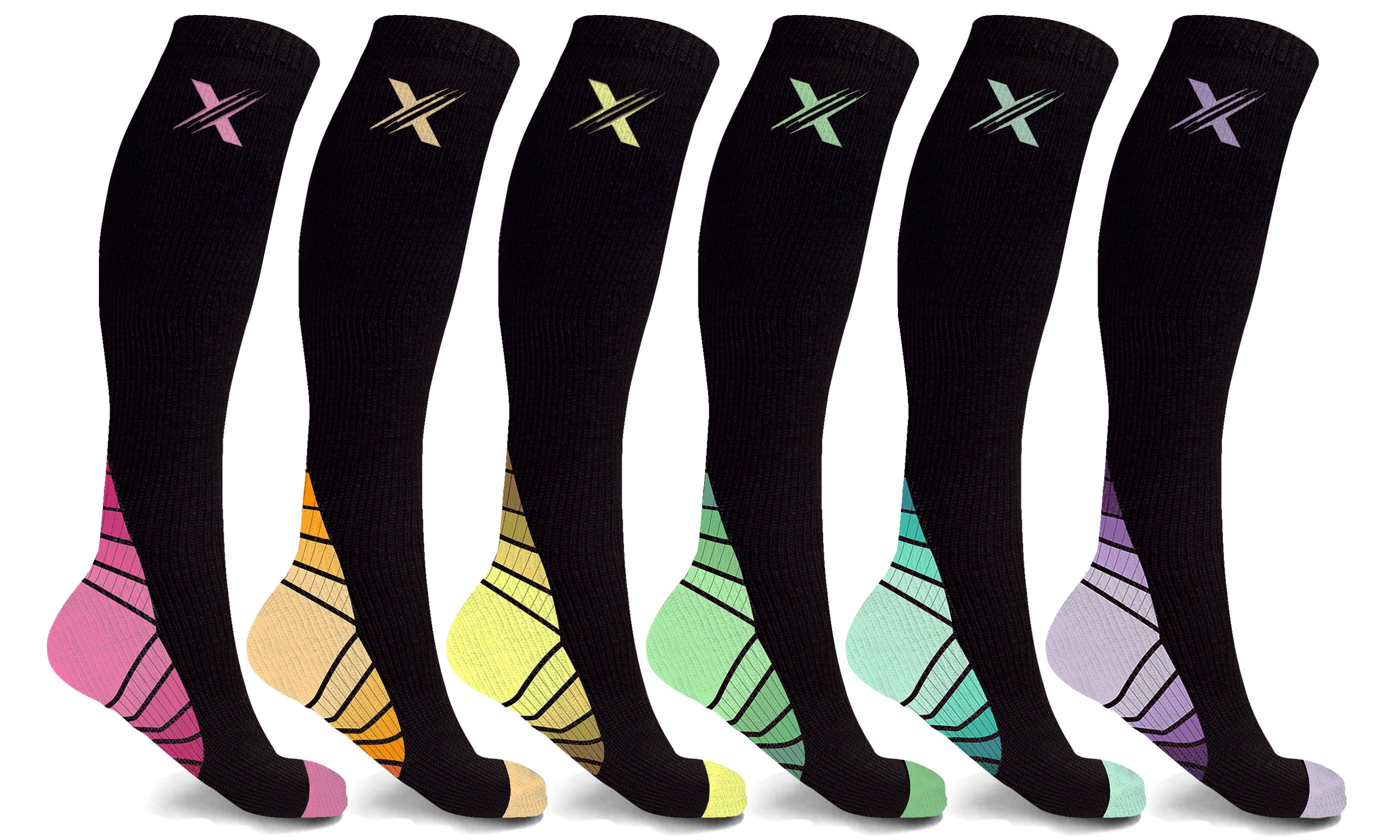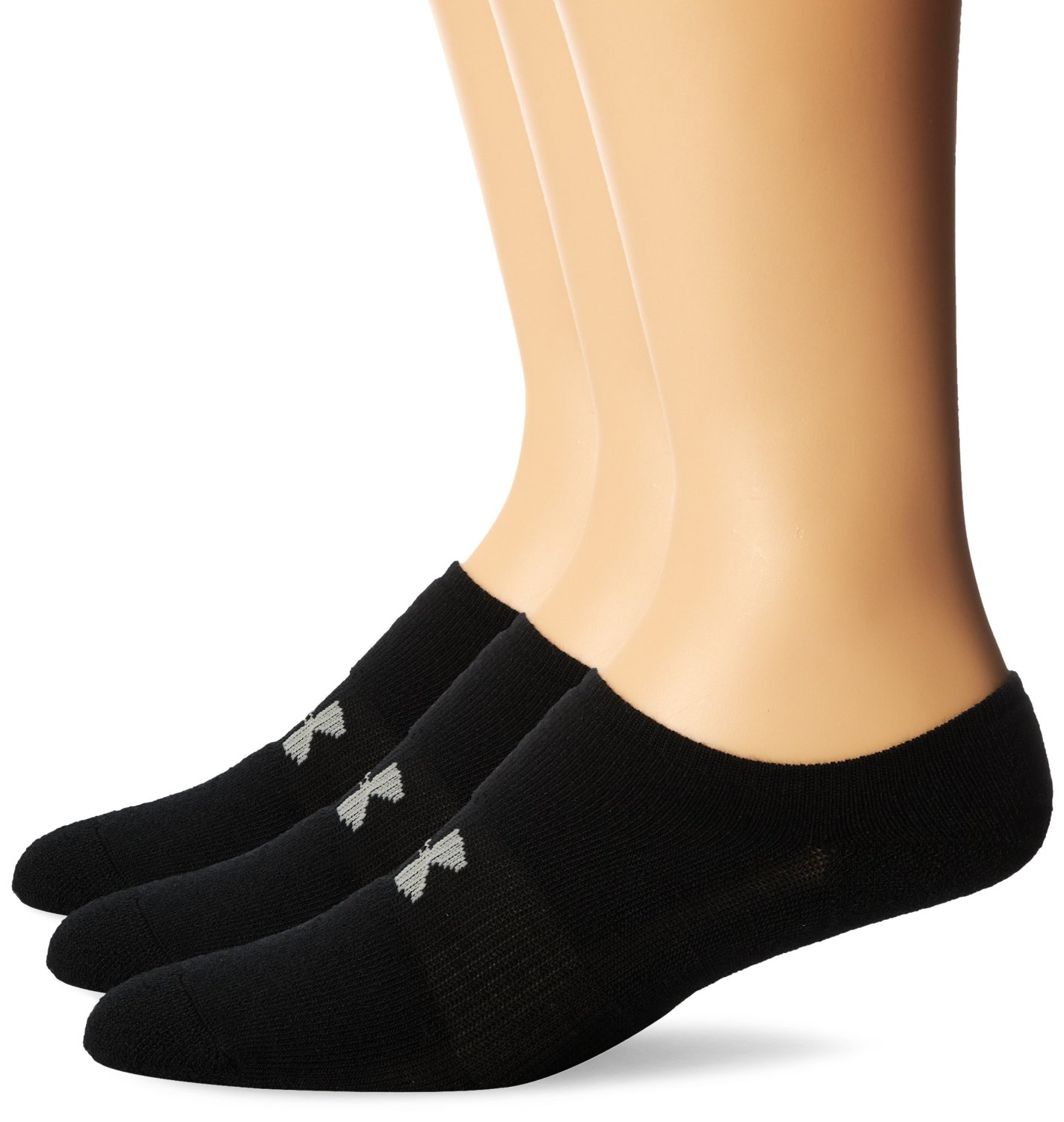

You may have noticed that after a long car trip or a long flight your lower legs are swollen. With numerous uses for compression socks in the medical field the options for compression wear soon expanded beyond the hospital bed. In addition patients undergoing knee or leg surgery have worn compression socks to prevent blood clots and improve blood flow to enhance healing. Patients undergoing heart procedures have been prescribed compression stockings in an effort to aid in recovery.

So really, what is up with those tall socks?Ĭompression socks and stockings have had a long term presence in the medical community. Instead, exchange them for a size larger.As you have been running, walking and driving around town I know you have seen athletes out training in short shorts and tall socks, and I know what you are thinking, "Did that person look in the mirror before they left home?" But in recent years these tall socks have moved from being a cause for minor ridicule to being a coveted piece of apparel that athletes of all abilities seem to want. If you think your compression socks are too small, don’t try to break them in as they could cause serious health problems. They should be loose enough to pull in place relatively easily and shouldn’t cause any pain or discomfort at all. Your compression socks should fit comfortably and stay up without having to adjust them over and over. On the other hand, if you’re wearing loose-fitting compression socks you may as well not be wearing them at all. It’s also worth considering a pair of copper-infused compression socks for added anti-inflammatory and blood circulation properties.Ĭompression socks should feel snug, but they shouldn’t feel uncomfortable or cut off your circulation. Look for socks that have some combination of spandex and nylon to help ensure you’re getting proper moisture-wicking and ventilation. If you’re looking for something to use on a long flight, you’re better off looking for 20-30 mmHg, which will provide firm pressure and enough support for long-term sitting.Ĭompression socks are not unlike regular socks in that you’re going to be wearing them, walking around, and probably getting a little sweaty. If you’re looking for something to wear on a daily basis, you’ll want to consider starting with 10-15 mmHg, which is considered light pressure. That said, the most common mmHg for over-the-counter compression socks will be anywhere from 10 to 30 mmHg. The millimeter of mercury - or mmHg - ranges from 10 mmHg to 40-50 mmHg. It’s important to understand the different compression levels and which level would work best for your specific needs or lifestyle before making a decision on a pair of compression socks. Tips for Buying Compression Socks Understand compression levels But, if they’re not for you, we’ve rounded up plenty of other options that’ll help your next overnight flight, or hike through a new city, be as comfortable and pain-free as possible. Looking for the right compression socks for your specific needs or lifestyle? Try our top pick, Charmking’s Copper Compression Socks - they’re comfy, effective, and stylish. However, without movement, the leg muscles cannot help the heart return the blood back to the heart.” “When active, muscles pump the blood from the feet to the legs and eventually back to the heart. “Since the feet are the furthest away from the heart, blood can pool there, especially when immobile or still for long periods,” explains physical therapist Dr. You might think compression socks are reserved for your mom or grandmother, but folks of all ages benefit from the gentle pressure and assisted blood flow that comes with a good pair of compression socks - especially those about to embark on a long-haul flight.Ĭompression socks essentially assist the body with moving blood from the feet back to the heart.


 0 kommentar(er)
0 kommentar(er)
